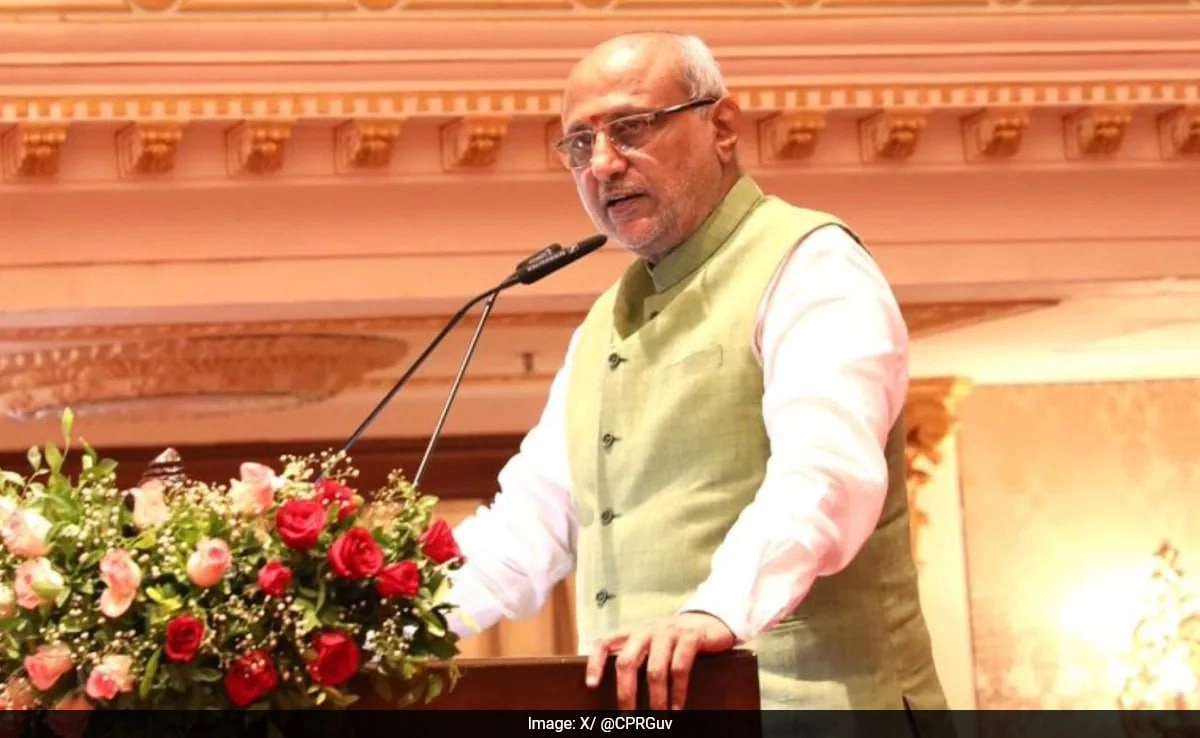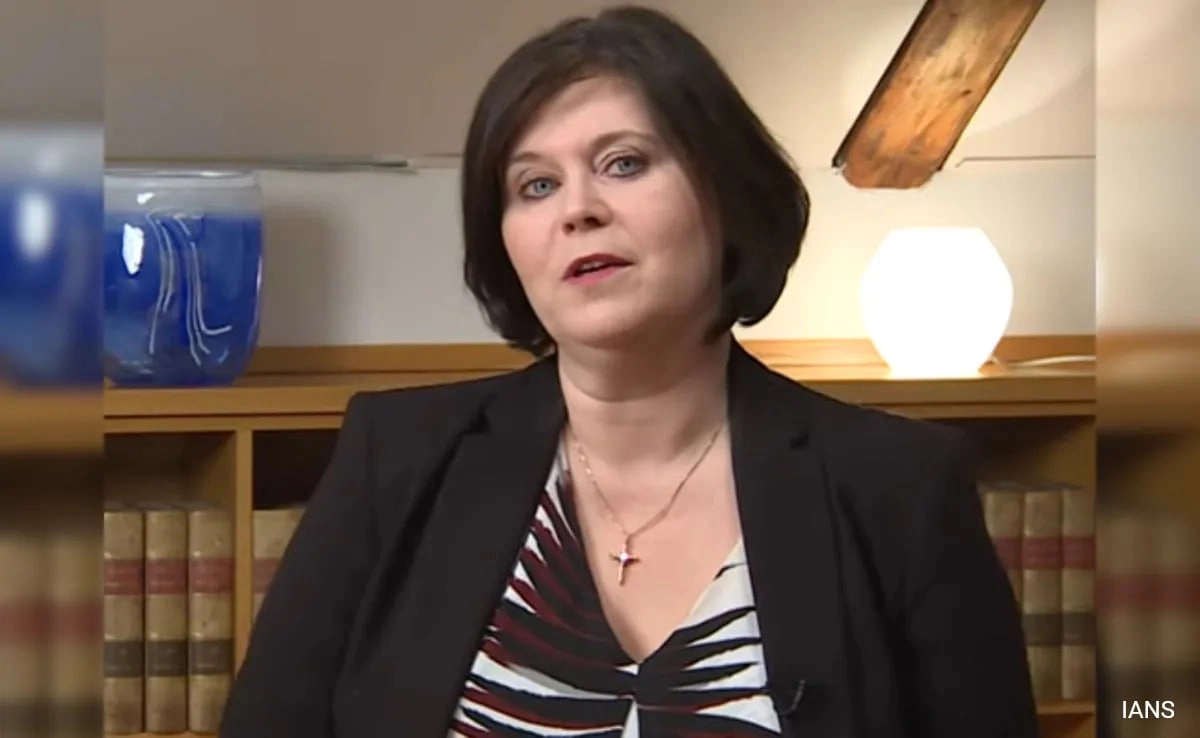In a shocking turn of events, the recent political landscape in Nepal has been profoundly impacted by a devastating natural disaster that unfolded over just four days. The rapid transformation from ministerial duties to a focus on survival and recovery has been starkly illustrated through before-and-after photographs that depict the destruction and humanitarian crisis faced by the nation. These images are not only a testament to the ferocity of nature but also a poignant reminder of the fragility of political stability in the face of such calamities.
The disaster struck with little warning, leaving communities in chaos and emergency services stretched to their limits. As the initial shock subsided, the response from government officials, including those at the highest levels, became crucial. The before-and-after pictures of key political figures, once seen addressing the public with confidence, now reflect the grim reality of their new roles as emergency responders. The stark changes in their appearances and demeanor encapsulate the intense pressure and urgency that has permeated the government amidst the crisis.
The images have sparked a wave of empathy and urgency among the public, highlighting the need for immediate aid and support. Many citizens, once skeptical of their leaders, are now rallying together to assist those affected. Social media platforms have become inundated with calls for donations and volunteer efforts, as the nation unites in response to the calamity. The transformation of political leaders into symbols of resilience and hope is a powerful narrative that underscores the importance of community and collective action in times of hardship.
As Nepal grapples with the aftermath of this disaster, the before-and-after photos serve as a stark reminder of the unpredictability of life and the critical role of effective governance during crises. The rapid shift from political authority to humanitarian need has tested the mettle of leaders and citizens alike. It is a profound moment that will likely reshape the nation’s approach to disaster preparedness and response, reinforcing the notion that in the face of adversity, unity and compassion can emerge as the most powerful tools for recovery.




